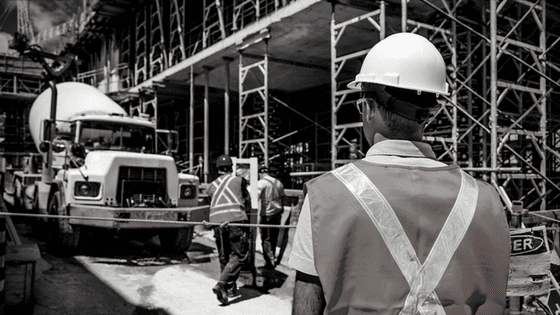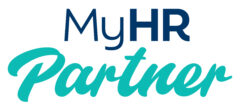Construction is a fast-growing industry across Australia and also one of the most high-risk industries.
Safe Work Australia’s Construction Report shows that 35 construction workers are seriously injured every day in Australia. And with many construction sites being in public areas with high rates of civilian foot traffic, it’s vital that all construction companies follow safety regulations to the letter.

Here are five easy ways to tell a construction company values safety.
Their construction site has clear signage
Australia’s health and safety laws mandate that anyone who is on or near a construction site must be warned of any hazardous activities in the area.
Before work can begin on a construction site, builders need to ensure the required number of safety signs are put up at the workplace.
The number and type of signs varies depending on the construction site, but will generally include:
- Mandatory signs: These are instructions that must be carried out, and feature a blue circle with a white picture.
- Warning signs: These warn of a hazard or hazardous condition that is not likely to be life-threatening, and feature a yellow background.
- Danger signs: These warn of a specific hazard or hazardous condition that could be life-threatening. They will have the word “danger” in white letters on a red oval shape, with a back background.
- Emergency signs: These show the location or directions to emergency-related facilities, including first aid facilities, safety equipment or exits. These signs feature a green square with white writing or pictures.
Your state or territory’s work health and safety authority will have more information about what signage is required at construction sites in your area.
They use temporary fencing at construction sites
The Safe Work Australia Construction Work Code of Practice states that a workplace with construction work taking place must be secured from unauthorised access.
If the site is near a route travelled by children, such as a school, park or recreational area, the code recommends installing a perimeter fence if hazards can’t be removed or secured against unauthorised access.
If the site has a scaffold, unauthorised access to the scaffold while it is incomplete or unattended must also be prevented.
Construction sites that can be accessed by the public also pose risk of injuries or death from structural collapses or falls from height, so it’s important that a construction company ensures they tick all the boxes for safety and security fencing to keep the public safe.
They provide their workers with regular health and safety training
A Work Health and Safety Perceptions report found that 39 per cent of construction employers did not provide their workers with adequate health and safety training over the previous 12 months.
Less than half of construction employers provided safety induction training for new workers, and only three in ten indicated that contractors were included in the induction training.
Every year, construction industry employees are injured or killed in accidents that could have been avoided through basic training in workplace health and safety.
Health and safety training ensures the employer is meeting their legal duty to provide and maintain a safe working environment, but more importantly it benefits the employee – the person most at risk in the workplace.
Their employees agree that health and safety are a priority
A Safe Work Australia report on the perceptions of health and safety in the construction industry showed almost all construction employers reported they make work practices safe, remove hazards and use personal protective equipment in the workplace.
Workers had a high level of agreement that safety practices were used in the workplace – however, the agreement was less than that of their employers, meaning workers view their bosses as undertaking less safety practices than what was reported.
The report also found that only four in ten employers indicated their workplace reviewed incident reports and statistics.
Workplace safety is about committing to making sure employees make it home safely every day, and that safety culture is ingrained in a company so employees are committed to it just as much as the company is.
They see Safe Work Method Statements as vital
While it’s the law that an employer cannot commence high risk construction work unless they have provided a Safe Work Method Statement, that doesn’t mean all construction businesses place the same importance on SWMS.
In fact, an RMIT University study on how managers and workers interpret and use SWMS found that gaps do exist between work as imagined in a SWMS and work performed in practice, and that construction companies must identify those gaps to make sites a safer place to work.
SWMS are an employer’s way of identifying and monitoring health and safety risks – aside from complying with the law, SWMS will help employee stay safe around high risk hazards.
Find out more about SWMS at the Safe Work Australia website



















